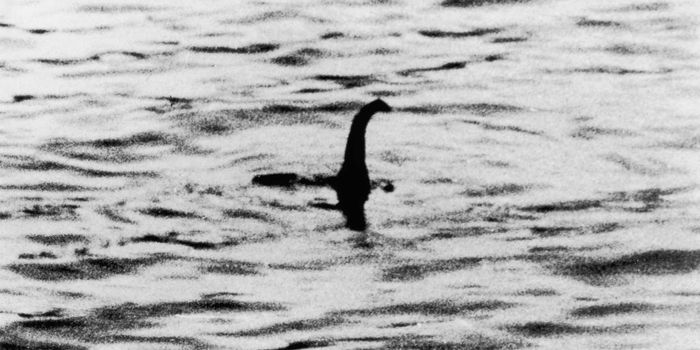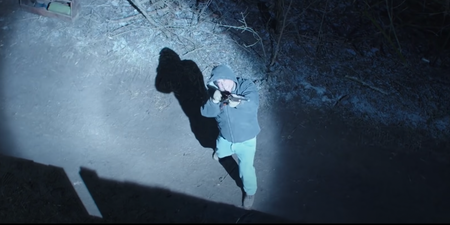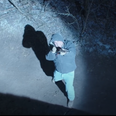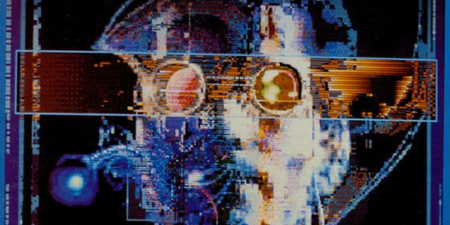The only resident of the UK not concerned with Brexit…
That famous photo, taken in 1934, is a fake.
At least that is according to Chris Spurling, who was with photographer Colonel Robert Kenneth Wilson when the photo was taken, and on his deathbed revealed that the whole thing was staged.
Despite that, the Loch Ness Monster has been a much-discussed figurehead of folklore for hundreds of years, with over a thousand accounts of people having seen it, with the first documented sighting by an Irish person.
Yep, in 565AD, Irish missionary St Columba is said to have crossed paths with Nessie, but claimed to have seen it in the River Ness, not the lake.
Since then, despite… y’know… technology being invented and being really good at finding stuff, it turns out that a larger-than-you-might-think percentage of the population believe that the Loch Ness Monster could be a real thing, with 14% of all those polled in the UK believing in its existence.
And that number shoots up to nearly a quarter when focused just on those who live in Scotland:
With scientists set to reveal a “plausible theory” about the existence of the Loch Ness Monster, here is your reminder that one in seven Brits (14%) believe Nessie exists, with the figure rising to 24% among Scots https://t.co/m8ayLN56pT pic.twitter.com/acGDCFG4iz
— YouGov (@YouGov) September 5, 2019
Well, today (Thursday 5 September), scientists in New Zealand have announced their “plausible theory” as to what the Loch Ness Monster actually is (assuming it actually *is* anything at all).
They scoured the lake in search of DNA in order to find out what creatures live there and might have previously lived there. They quickly discounted anything like a somehow-long-living water-based dinosaur, but they did arrive at a somewhat understandable conclusion.
Professor Neil Gemmell, a geneticist from New Zealand’s University of Otago, told BBC News: “We can’t find any evidence of a creature that’s remotely related to that in our environmental-DNA sequence data. So, sorry, I don’t think the plesiosaur (an order of extinct marine reptiles) idea holds up based on the data that we have obtained.”
“So there’s no shark DNA in Loch Ness based on our sampling,” he added.
“There is also no catfish DNA in Loch Ness based on our sampling. We can’t find any evidence of sturgeon either.”
That is enough of what it isn’t. What about what it is?
Gemmell continued: “There is a very significant amount of eel DNA. Eels are very plentiful in Loch Ness, with eel DNA found at pretty much every location sampled – there are a lot of them. So – are they giant eels?
“Well, our data doesn’t reveal their size, but the sheer quantity of the material says that we can’t discount the possibility that there may be giant eels in Loch Ness. Therefore we can’t discount the possibility that what people see and believe is the Loch Ness Monster might be a giant eel.”
So there you have it.
If the Loch Ness Monster is real (r-eel?), it is probably a giant eel.
Now, back to Brexit…
LISTEN: You Must Be Jokin’ with Aideen McQueen – Faith healers, Coolock craic and Gigging as Gaeilge



















































